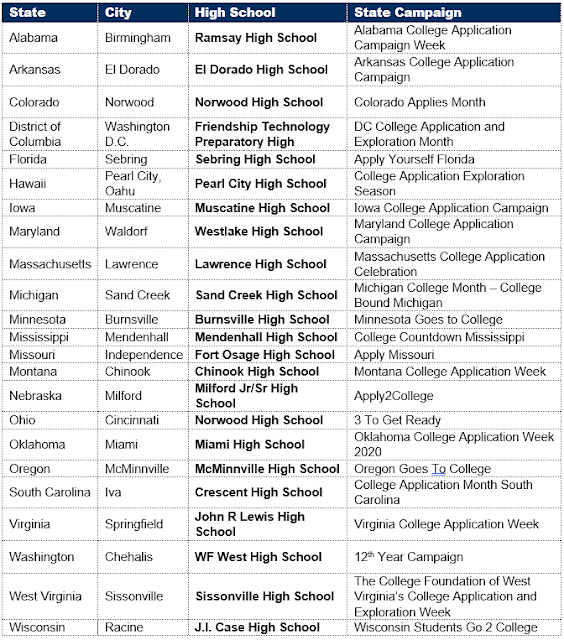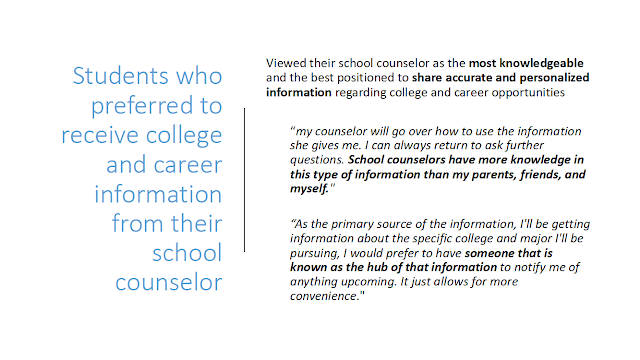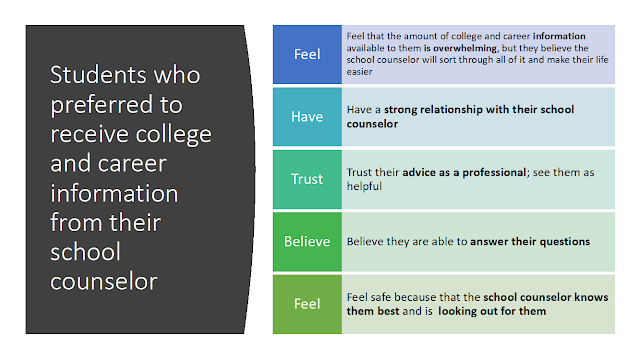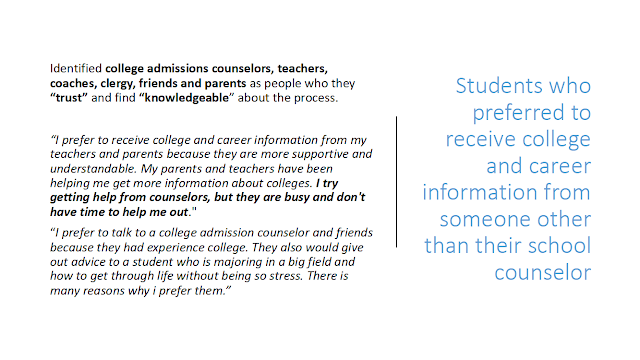It’s
reported that gender parity won’t be attained for 99.5 years, in large part due to the under-representation of women in emerging roles (e.g. cloud computing, engineering, AI). On this International Women’s Day, we #ChooseToChallenge the stereotypes, biases, and struggles that keep women from shattering the glass ceiling, specifically women of color who “
continue to experience occupational and economic disadvantages that reflect the ways both race and gender affect their work experiences.”
Despite a challenging year, we are incredibly hopeful and humbled by the progress many women are making, even as we acknowledge how much more needs to be done. From the
appointment of our first female CEO this year, to the appointment of the first female Vice President of the United States, progress towards gender parity is evident.
According to the
International Women’s Day organization: “There has been an increase in female representation in politics – even though it will still take 95 years to close the gender gap in this sphere – which has had a positive effect on women occupying leadership and senior positions. According to a report from McKinsey and LeanIn.org, there has been an increase of 24% in female representation at executive levels.”
To empower women at all levels to keep climbing, here are a few words of wisdom from five women leaders at ACT:
Adrienne Dieball, Vice President, Content Solutions & Services:
How do you empower and support other women? Listen, listen, listen!! Recognize and celebrate successes. Offer opportunities to grow and let them navigate the path. Ensure they have a voice and are included in key decisions. Mentor or coach them to solve their own problems.
What advice would you give to a young woman entering the workforce? Never stop learning! Choose your own path without engaging in the comparison game. Play to your strengths, have confidence in yourself, balance being a team player and maintaining independence, and never compromise your values.
Tina Gridiron, Vice President, ACT’s Center for Equity in Learning:
Name a woman who inspires you, and let us know why you look up to them. Amanda Gorman (2021 Inauguration Poet) and Maya Angelou (2012 Inauguration Poet) inspire me because of their passion, conviction, creative insights and their consistent recognition of both known and unknown trailblazers from the past. These women are unapologetic agents for justice, they are strong, they are visionary and they exude compassion, fortitude and love in the poetry and prose they write. They inspire me to listen more, help more, and always start from a place of humility and hope. Their voices bring me joy and challenge me to never give up and always press forward.
Name a woman who inspires you, and let us know why you look up to them. There are several women that I look up to and have played key roles in my life, including my mother—probably the strongest and most determined woman I’ve met, physically and mentally. It is from her I get my own “north star”—learning to be conscientious, diligent, a good human at all times, and to be persistent, finding ways around obstacles.
In the assessment and measurement area, the woman who I admire most and who was a mentor to me is Wendy Yen. She was an important leader in the field, a graduate of Berkeley, she worked at CTB/McGraw-Hill and did seminal research and publications and pioneered the use of new measurement models (IRT), which became the foundation for most of the underlying measurement models used in large scale testing, especially in K-12 summative tests. She continued to do her research and rose to the rank of VP of Research—a role not often held by a woman, especially in the ‘80s and ‘90s. As a graduate student I read her papers, and was incredibly fortunate to work with her and have her as a mentor from 1999-2011. She taught me so much about measurement, testing and leadership. When she retired, she passed onto me a figurine of Edna from the Incredibles—a gift she had gotten from her daughter Jane, who worked on the film at Pixar—with a note that said, “Edna has stood under my computer monitor at work all these years, keeping an eye on me. And now I'm passing her onto you. If you ever have great difficulties or start to doubt your super powers, Edna will give you a good talking to.” Of all the items in my possession, this is one of the most precious things I own.
How do you empower and support other women? I actively look for opportunities to be engaged and support other women. I belong to a self-organizing “women in technology” group, which is all about supporting other women in the field. I directly mentor women in the professional field, most of whom I have met at work, and continue those relationships when one of us moves on. I’m available to them to talk through work and professional challenges at any time, especially for young managers/leaders who are first-generation college students and have few mentors in their own workplace. I champion other women whenever I can, celebrating their strengths and accomplishments, and connecting them to others in our industry to foster relationships and opportunities.
What advice would you give to a young woman entering the workforce? My advice to young women entering the workforce is to seek out opportunities and connections with other women who can serve as a mentor. Don’t be afraid of asking someone you admire to be your mentor—they will be honored. I would also encourage them to do the “hard” things, take on the assignment no one else wants, be dependable, seek out criticism and feedback and use that to continually improve. I would encourage them to be “bold,” don’t be afraid to take on assignments you’re not sure you are ready for (because you probably are), and not to be afraid to change course (even entire careers in your 30s like I did!). And probably most importantly, keep going even when you doubt yourself. Check in with your supporters, course-correct if needed, and keep going. Know that failure and adversity lead to growth.
Julie Murphy, Interim Chief Product Officer:
Name a woman who inspires you, and let us know why you look up to them. My grandmother served as an inspirational woman in my life – she entered the workforce at age 16 during the great depression and worked full-time for nearly 70 years. For me and others, she modeled grit, confidence, resilience, curiosity, lifelong learning, a strong work ethic and a “can do” attitude. Embracing and developing these same skills and mindsets have been foundational for success in my personal life and professional career development.
How do you empower and support other women? In my ways of working, I value the power of a team and the contributions of each team member. Being purposeful in building and valuing team member relationships creates a culture of empowerment, community support, collaboration and respect for diversity.
What advice would you give to a young woman entering the workforce? My daughter entered the workforce nearly 4 years ago and the advice I gave her was to be her best “you” - to focus on employing her super powers (talents, skills, unique abilities) as a daily priority, to seek out mentors and value and respect their time and advice, to take measured risks that provide for skill development or learning opportunities, and to make time for herself to think and reflect.
Laura Seamans, Vice President, Talent Strategy:
Name a woman who inspires you, and let us know why you look up to them. My mother inspires me personally and professionally. She started as a secretary and advanced her career over the years to become the executive director of several public venues and the national director for planning and development in her organization. She did this with grace, humble confidence and an unwavering work ethic. I had the opportunity to go to work with her several times over the years and I learned that leadership means jumping in and doing whatever job needs to be done for the good of the team, taking time to work through complex issues with genuine care for employees, and that the best way to prove yourself is to get things done and do what is right even if it isn’t popular.
What advice would you give to a young woman entering the workforce? There will be highlights and challenges, but all of the experiences along the way are teachable moments. Take every opportunity to learn and grow. Also, never shy away from having an opposing viewpoint and sharing it collaboratively. You are there because you have expertise to share.
_____
Inspired to get involved? View a
list of International Women’s Day events taking place virtually this year to lift up women across the world.
From the Archives:

















